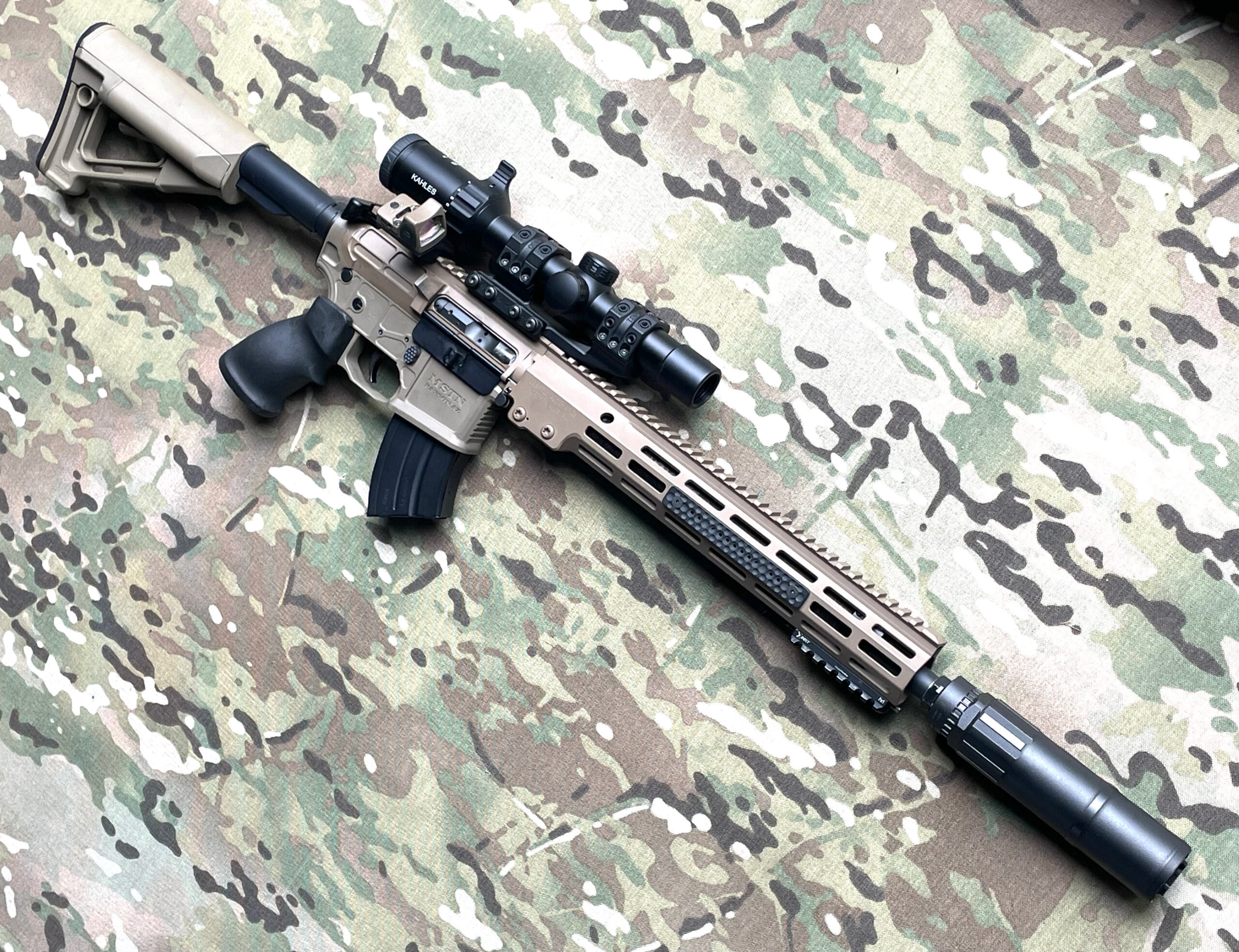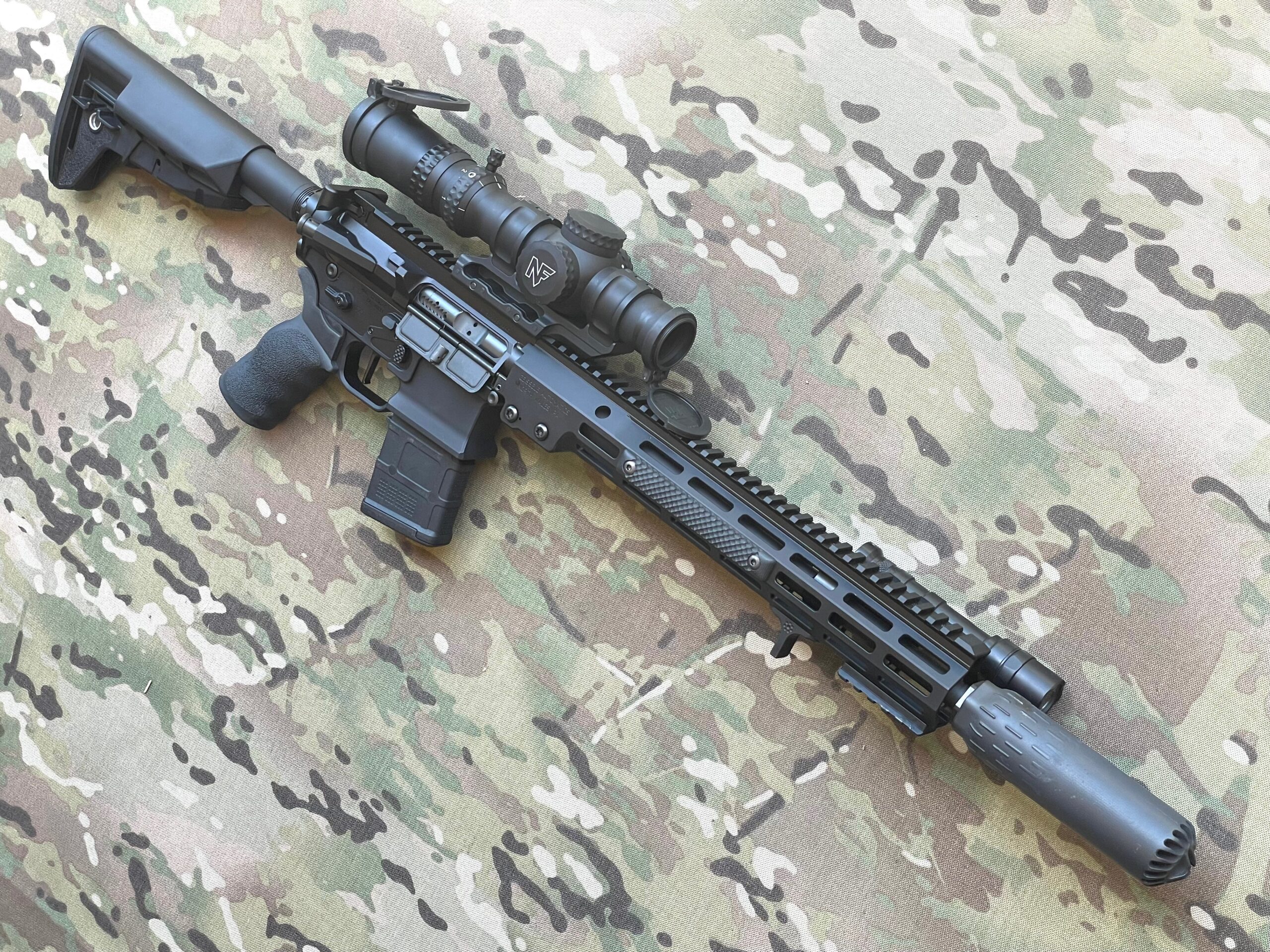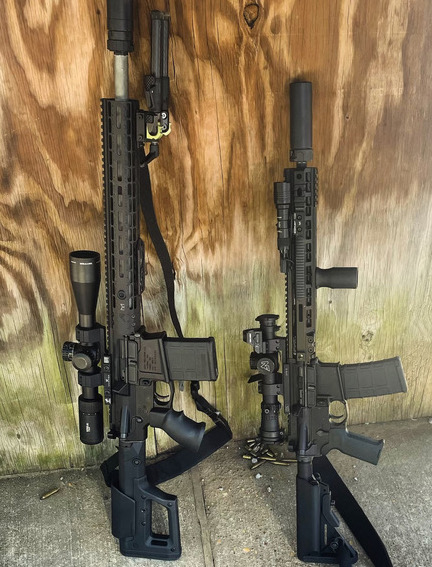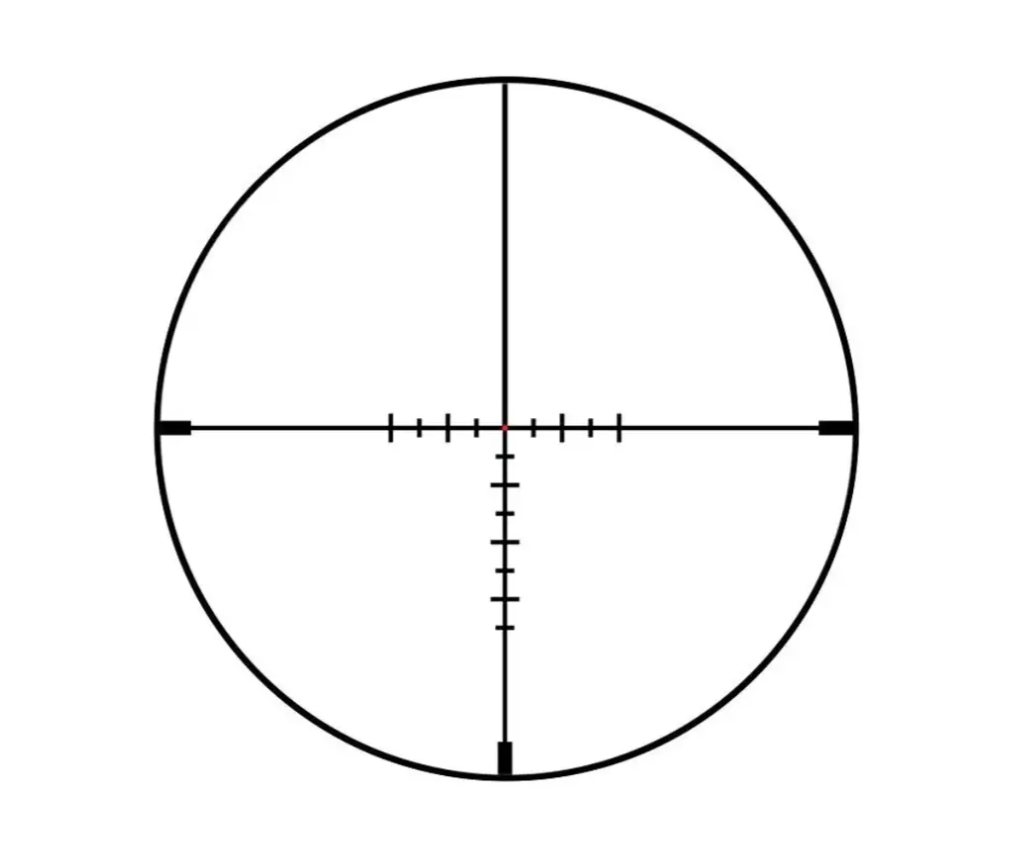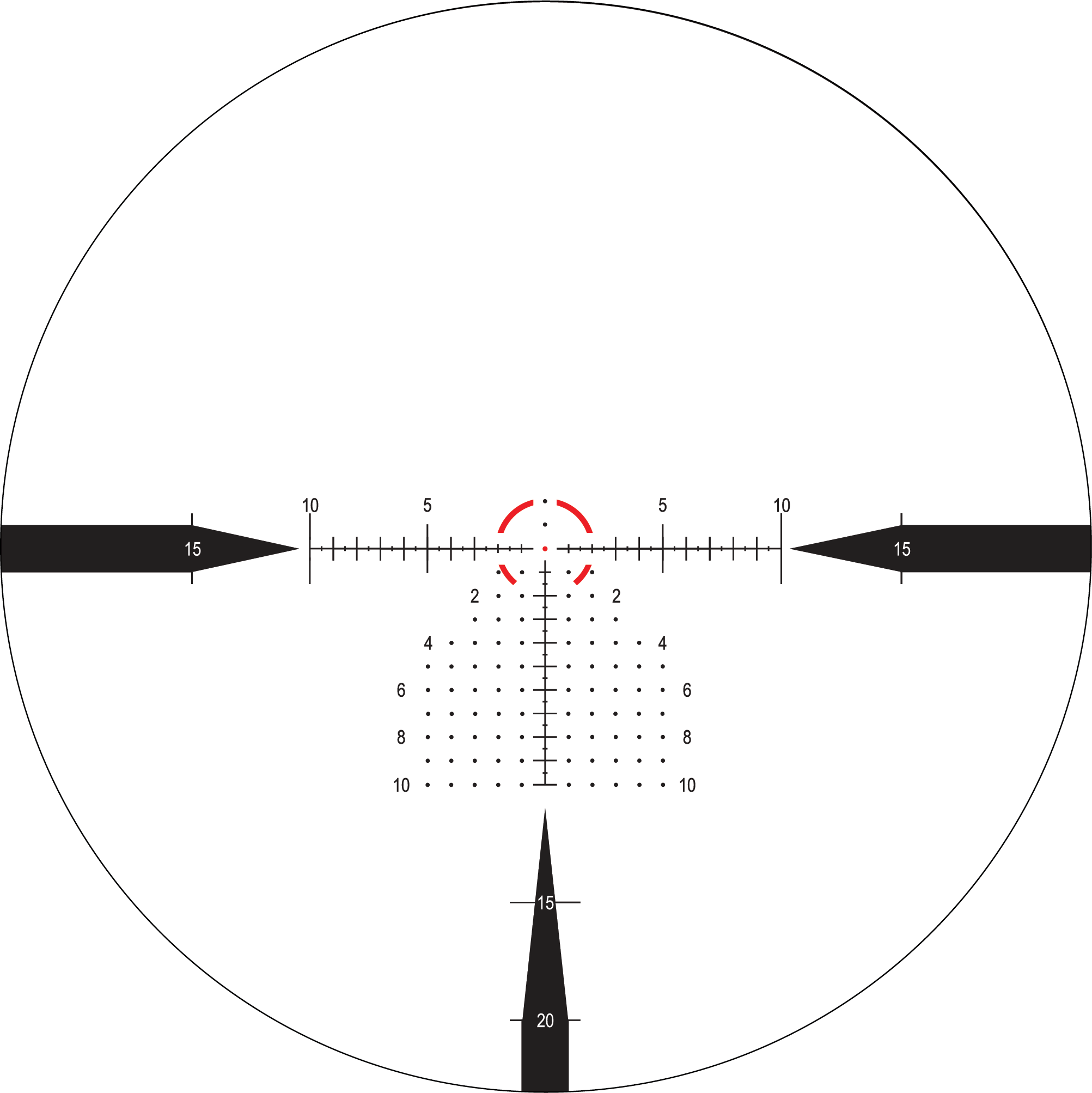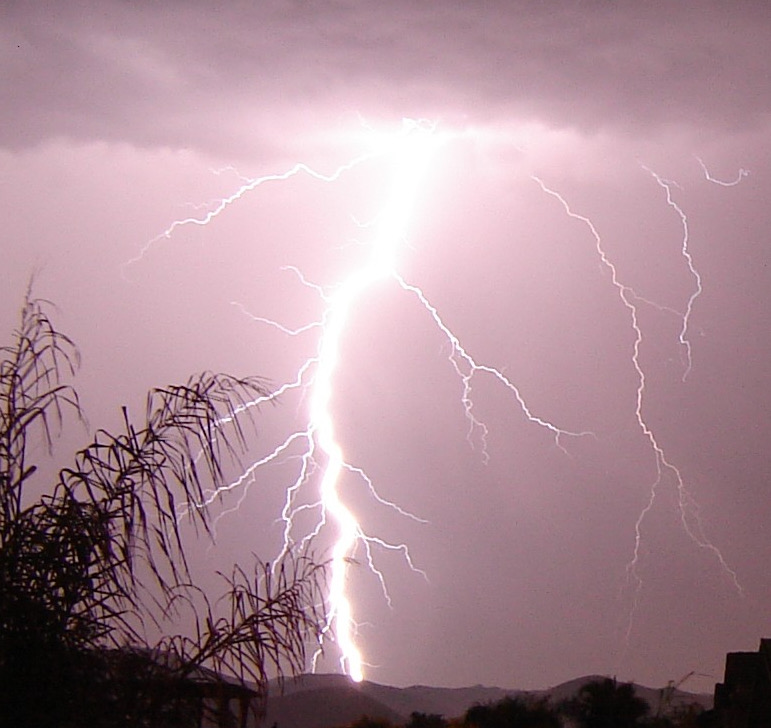Random Thoughts on How to Build an Optimum General Purpose Rifle (GPR)
by Wes Grant
- Define the budget.
- Define the mission.
- Identify caliber choices available.
The budget has to cover the weapon, the primary optic and mount, the secondary optic and mount, the suppressor, the right ammo to get the shooter trained to proficiency, plus all other ancillary equipment (e.g., extra magazines, bipod, tripod, sling, ballistic chronograph, range finder, environmental data device, etc.).
The GPR mission can be loosely defined as what must be destroyed and how far away must it be able to be destroyed with a small block AR’ – starting at arms length and moving out to the edge of the ballistic envelope for the round selected. The GPR is not enough weapon for certain tasks. The GPR’s strength lies in the simple fact it is quite lightweight and maneuverable, usable for most missions, and actually optimized for 100 to say 300 plus yard work.
There is an overlap between the performance of a General Purpose Rifle (GPR) and a Designated Marksman Rifle (DMR), most notably at either end of the ballistic footprint. The shorter, lighter GPR performance favors the near end while the DMR performance favors the far end. If this statement leaves you scratching your head, please see the insightful Zero Theory article titled “[016] Terminology: GPR vs DMR”.
What caliber choices are available to accomplish this mission? 5.56 NATO/.223 Wylde is always an option. The caliber with the highest ballistic performance in a small block AR’ has been identified as the 6mm ARC. Discussion will be limited to these two choices. Me, I want DMR precision out of my GPR, and I can get it. You cannot go cheap here on any component, with the barrel being the most critical. It is really hard to improve a barrel’s accuracy. You can easily degrade it by making mistakes. Using inferior ammo is the biggest. A half-MOA capable barrel will shoot 3 MOA ammo into 3 MOA.
Velocity is your friend. We can get more velocity by increasing barrel length. But we don’t want anything over 16” suppressed in a GPR, or it becomes simply too long to do the close range functions a GPR must do. We can also get more velocity by going to a .223 Wylde chamber over a 5.56 NATO chamber. A Wylde chamber can be worth 2” of barrel length. We can also get more velocity at extended range by using a bullet with a high ballistic coefficient. An example of this would be the Hornady 6ARC 106 TAP (.580 G1), capable of amazing range from a 14.5” 6ARC barrel. In .223 / 5.56, we have a number of high BC bullets from Berger, Hornady, and Federal that extend the usable range of this caliber dramatically, as well.
Just how long should the barrel be depends on how far away you need to be able to break things – not just hit them. There is a limit to how long a GPR barrel CAN be, too. Again, you can go to 16”, but weight and overall length with suppressor seem to be optimized at 14.5”.
Most modern bullets can perform at their potential at 2000 FPS or higher speeds. A Craddock Bartlein LE-DMR 11.5” .223 Wylde with MK 262 can give us both compact size, superb accuracy, plus 2000 FPS to 250 yards. A 14.5” Criterion Core .223 Wylde with MK 262 pushes out well past 300 yards. A 14.5” 6ARC is doing 2000 FPS to 450 yards with Hornady 106 TAP. Of course, you can still make good hits with good ammo at twice these distances.
What level of accuracy is really required? Minute of angle is the minimum acceptable level, but it is easy to acquire – and even beat – with modern barrels, ammunition, and optics. Another variable to consider at extended range is the “standard deviation”, or SD, of the ammunition you are shooting. The SD at extreme range becomes as important as the MOA accuracy of the weapon. The SD needs to be 15 FPS or under if you are going to connect reliably at the extreme end of the ballistic envelope.
What barrels will do sub-MOA consistently? In my own experience, that is anything from Craddock Precision (especially a Bartlein!), Proof Research, Criterion, V Seven, and Noveske. No doubt there are many others that will give good performance I have not used, but these are my known and reliable performers.
AR’ bolts have improved tremendously in recent decades due to advances in materials science and machining capabilities. The bolt is still no place to cut corners, especially if going with 6ARC. Just get a JP bolt. A headspace check with GO and NO-GO gauges should be mandatory.
Contouring and polishing the feed ramps is the best return on investment in your precision AR’ you can make. With properly contoured and polished feed ramps, you’ll have no more deep scratches from the feed ramp corners down the bullet jacket, and no more concentricity issues or damaged bullet tips introduced by the bullet crashing into the 52 degree feed ramp that has a texture akin to a fine Swiss file. It’s my opinion the rifle will feed more consistently, as well.
The upper receiver just needs to be sufficiently rigid to support the barrel in its precision role. There’s an overwhelming temptation (on my part, at least) to spend money on aesthetics here, too. There are some irresistibly attractive billet receiver sets out there these days.
The best bolt carriers for precision use in the current marketplace have an oversized outside diameter. This is to make everything from the bullet in the chamber, to the case head in the bolt, to the bolt in the bolt carrier, to the bolt carrier in the upper receiver as straight and consistent as possible. This also introduces a potential reliability degradation when the weapon is not kept optimally clean. This trade off is one that must be considered before going with a chubby high end bolt carrier. Also beware of AR’ receiver manufacturers who shrink the inside diameter of their upper receivers attempting to achieve this same level of precision with a standard dimension bolt carrier.
A factor in the weapon’s ultimate precision capability is how well the upper receiver and the lower receiver interface with one another. Snug is good. Various devices are incorporated by different manufacturers to enhance this. Most billet receiver sets will require a hammer and punch to get the push pins out when new. This might prove less than ideal in the field.
There is a lot of discussion online about the importance of the fit of the barrel extension in the upper receiver. There is nothing bad you can say about a nice, tight thermal fit. Yet, even a loosely fitting barrel extension will have every bit of that play removed when the barrel nut is torqued properly.
I’ve built DMR’s with San Tan Tactical, Battle Arms Development, Sharps Bros., Vltor, Radian, Noveske, Rogue Ops, V Seven, and Aero receiver sets. They all work great. Other than style points and maybe a little weight difference, the Aero M4E1 upper and lower receivers work as well as their more expensive counterparts.
A good number of quality AR’ barrels are over-gassed, especially when paired with other than a high flow rate suppressor. Adjustable gas blocks address this quite well, but introduce another potential point of failure, and require maintenance of their own. When I can find the right combination of barrel gas system, recoil system, and high flow rate suppressor, I will go with a fixed gas block. That seldom happens. Adjustable gas blocks do work quite well in optimizing gas flow – and therefore accuracy and reliability – but require special attention when cleaning the bore.
Forends for decades now have been the key focus on AR’ builds. Nowadays, there are so many attractive features from which to choose. Avoid forends with short length aluminum barrel nuts and tight gas block channels. The short alloy barrel nut allows too much “noodling” of the barrel inside the forend when fired. Tight gas block channels can create contact with oversize adjustable gas blocks. I’ve had exceptional success with Geissele rails.
It is impossible to get a more rigid barrel to receiver lock up than the LMT MRP series. Cost and weight plus barrel choices are detractors. A close second in rigidity is the Seekins iRMT-3 upper receiver format. LaRue even has their PredatAR upper where the barrel isn’t touching the forend. How much will it matter when shooting other than off a bench?
What to put on the muzzle? A suppressor! Something with low back pressure, good repeatability, and not overly heavy. Make sound suppression your least important consideration. The supersonic crack of a high velocity round passing nearby is a clue even the most tactically inept adversary or dim witted varmint will recognize. My personal choices are either a direct thread CGS suppressor or an OSS/HUXWRX muzzle device and one of their Flow suppressors. I’m sure there are a boatload of other excellent choices I haven’t had the opportunity to try.
There are many good choices in charging handles today. I still use the PRI Gas Buster out of decades of brand loyalty. Nothing keeps gas out of the face better. Ambi choices from Geissele and Radian also do an excellent job. No doubt there are others as good or maybe better that I haven’t tried.
There is no good reason to use a carbine recoil system, now that we have the Vltor A5 system and – even a tad better – BCM Mk 2 recoil system. A carbine recoil spring typically needs replacing after 2500 rounds and an inch of coil collapse. The newer recoil systems use a long life rifle recoil spring with far more coils and measurably longer life. The patented recoil buffers do reduce felt recoil and minimize bolt bounce. While I can’t prove they help accuracy, I think they do. I am pretty confident they improve reliability.
25 years ago we had the choice of two custom AR’ triggers. Now, we have dozens. Everyone knows Geissele makes good triggers. I tend to cheat a little here and use TriggerTech, myself. I’ve used several others that I don’t care for quite so much.
In furniture, there are so many good options out there from Vltor, Magpul, BCM, Reptilia, MFT, Ergo, etc. I myself like the BCM SOPMOD 2 for its excellent cheek weld yet amazing light weight in a GPR format rifle. I’m a 25 plus year fan of the SPR grip, realizing it is less than ideal for left hand use. The monster Ergo grip (like Accuracy Int’l uses) is gaining traction with me. I’m ok with using really any of the pistol grips.
Mounting anything to a forend via M-LOK at the 3, 6, and 9 o’clock positions gives you an excellent opportunity to degrade your weapon’s accuracy. Pay particular attention to not allowing the M-LOK mounting screws to come too close to the barrel. Don’t get remotely close to the gas block with any M-LOK attachment.
If you are using a large diameter barrel with most modern slim forends, the barrel diameter will likely be too large for those built in rear forend QD sling swivel mounting points on the forend to work. The QD sling swivel contacts the barrel before locking in place properly. You’ll need to add an aftermarket sling mount to the outside of the forend. Again, make sure the M-LOK screws don’t get too close to the barrel.
In optics, we have a number of incredibly good choices currently. The pros and cons of magnification range and of first and second focal plane have been nailed down quite well by other articles here.
The happy choices I am using, in ascending order of price:
- Vortex Razor II 1-6×24 SFP
- Nightforce NX8 1-8×24 FFP
- Kahles K16i 1-6×24 SFP
- Kahles K18i 1-8×24 SFP
- Nightforce ATACR 1-8×24 F1 FFP
In scope mounts:
- Reptilia/Geissele (same price)
- Scalarworks
- Spuhr
In secondary optics:
- Trijicon RMR
- Aimpoint ACRO P-2
Reptilia, Geissele, Scalarworks, and Spuhr all have mini red dot sight (MRDS) mounts that incorporate into their scope mounts. I should add that Arisaka makes a stand alone 45 degree offset MRDS mount that is hard to beat.
In summation, your optimized GPR is going to have the best quality components the budget will allow:
- Receiver set
- Barrel
- Gas block
- Muzzle device (if not using a direct thread suppressor)
- Bolt (fitted)
- Bolt carrier
- Charging handle
- Forend
- Trigger
- Recoil system
- Furniture
- Scope and mount
- Secondary optic and mount
- Suppressor
- Ammunition
This is an expensive package. Where can we save a bit and not compromise our mission? Here are my suggestions:
Go .223/5.56 with Wylde chamber in a Criterion Core 14.5” barrel with mid-length gas system. A way cool Proof carbon fiber barrel weighs 1.4 ounces less, costs three times as much, but really won’t shoot much better, and might not last as long. A fixed gas block will do the trick with this barrel, since Criterion is one of the few manufacturers that doesn’t over-gas everything. The Rogue Ops DLC coated bolt carrier group is your best return on investment here. The Aero M4E1 receiver set will do. But get a Geissele 13.5” rail. Get the BCM MK 2 recoil system. The Reptilia mount is more snag free than the Geissele. Hey, the British Army bought it! Get as much optic as you can afford. Get the trigger you like best. Get a MRDS on the gun somewhere for close work – On top if you have night vision – or 45 degrees to the strong side if not. Get a HUXWRX Flow 556K suppressor with flash hider pinned and welded. Or, perhaps better yet, get the Flow 6K, so when you do upgrade to 6ARC, you’ve already got the right suppressor.
Now, let us imagine for a moment that cost is no object. Here is what I would suggest:
- A Craddock Precision (Bartlein) or Proof carbon fiber (Proof SS profile is too heavy) 14.5” 6ARC barrel. Cerakote the stainless.
- SLR adjustable gas block.
- Rogue Ops billet receiver set.
- Geissele 13.5” MK 16 rail.
- JP Full Mass Operating System bolt carrier group with correct bolt.
- PRI, Geissele, or Radian charging handle.
- TriggerTech Diamond trigger.
- BCM MK 2 recoil system.
- HUXWRX 6K with flash hider pinned and welded.
- Spuhr mount.
- Nightforce ATACR 1-8×24 F1.
- Aimpoint ACRO P-2 with Arisaka 45 degree mount.
- LRA Ultra-Lite Scout bipod.
- RRS tripod mount.
- Duramags – until the new Geissele magazines prove themselves.
Regardless of what path you take creating your proper GPR, know full well that you are creating a weapon system that can do more things acceptably well – from arms length to the edge of your ballistic envelope – than any other weapon system conceived to date.
About the author: Wes Grant is a custom rifle builder and owner of MSTN. He’s been building guns for some of the most elite warfighters for over two decades. He is an FFL/SOT and lives at a comfortable 5000’ elevation in Arizona. He is an engineer by education, a Marine fighter pilot by initial occupation, an airline pilot (retired) to pay the bills, and a lifelong tactical firearms enthusiast by avocation.
Like this? Check out our other articles…
[017] Random Thoughts on How to Build an Optimum General Purpose Rifle (GPR)
Random Thoughts on How to Build an Optimum General [...]
[016] Terminology: GPR vs DMR
Terminology: GPR vs DMR by Randy Davis [...]
[015] Quotes: The Art of War
A quote from The Art of War by Sun [...]

